13 things you didn't know about cruise ship design
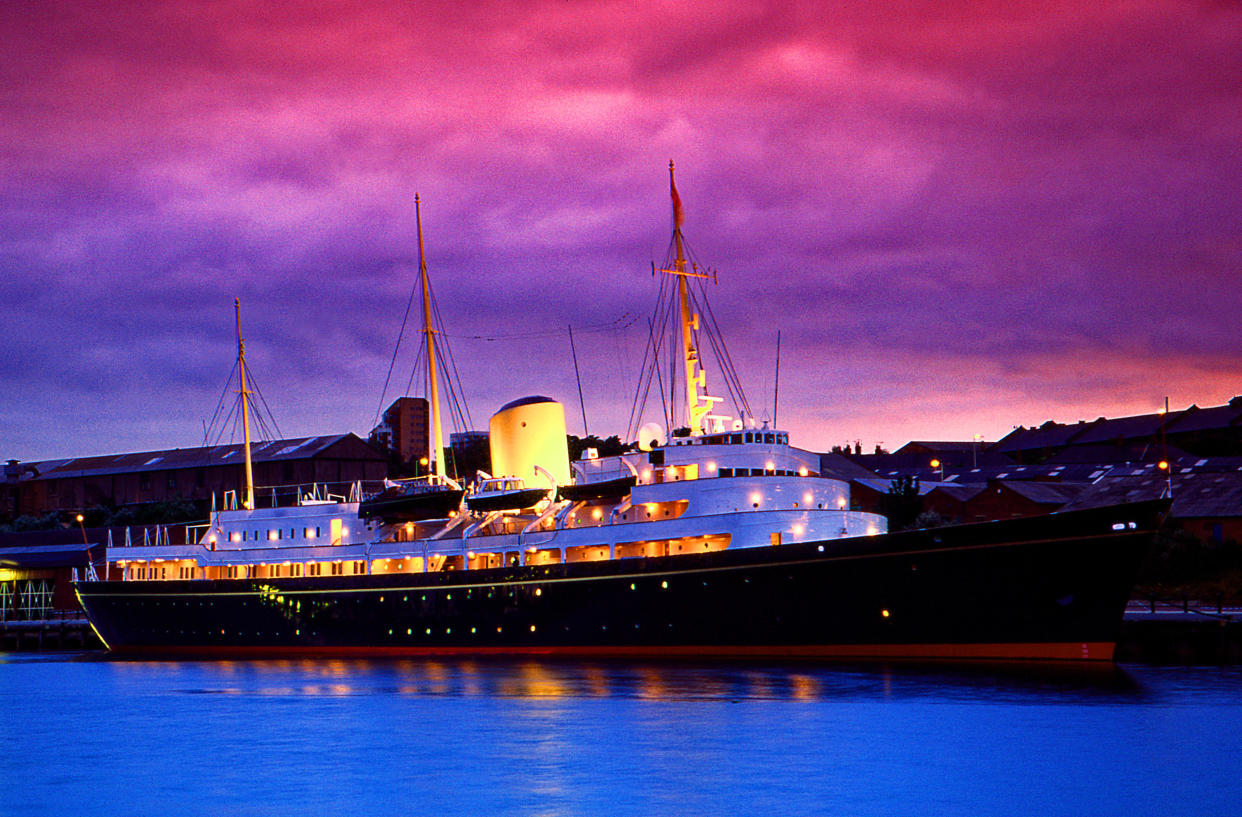
Britons' appetite for a holiday at sea has seen continued growth in recent years and 2017 welcomed yet another record number of travellers taking a cruise from the UK and Ireland.
As the number of passengers rises, there is an increasing demand for larger and more advanced ships. With the world's largest cruise ship - Royal Caribbean's Symphony of the Seas - setting sail earlier this year, we spoke to Tom Wright, a UK-based architect who has designed ships for Royal Caribbean's ever-expanding fleet for nearly 15 years, including features on Oasis of the Seas (one of the world's biggest cruise ships), Quantum of the Seas (one of the world's first high-tech cruise ships) and most recently Celebrity Edge, a new state-of-the-art cruise ship whose interiors were designed by British interior designer Kelly Hoppen.
Here, we pick his brain about how these mammoth vessels are constructed.
1. It’s a complicated web
“A cruise ship’s structural grid features a series of webs, starting at the hull and coming up through beams throughout the ship. Every fourth web or so is supported by a huge sheet of steel”, explains the director of WKK Architects.
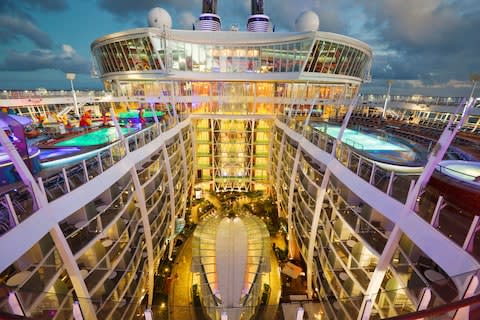
“Cruise ships are like giant floating tubes. Unlike buildings on land, the majority of the walls are actually part of the ship’s structure. Cutting holes through this giant tube in the process of building different parts of the ship can make the whole structure weak, so these ships can be quite tricky to build from a design perspective”, he told Telegraph Travel.
2. There’s no room for egos
“You’ll usually have 20 or 30 consultants working on one cruise ship through the entire design process. So you have to put your ego in the drawer as the final design is never going to be a manifestation of one person’s big idea. Plus there are lots of restrictions to work around [more on that later], so many ambitious ideas unfortunately are heavily watered down in the end,” he said.
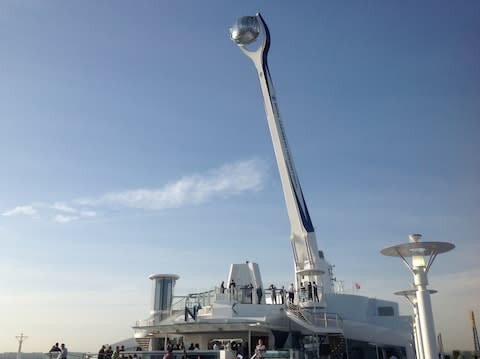
3. European cruise ships are cooler
“The American market has a tendency to be more conservative. The ships built for that market generally all have a very classic look. But ones built for European passengers are more modern and trendy in terms of look and style. But these designs do also go out of fashion a lot quicker it seems,” he notes.
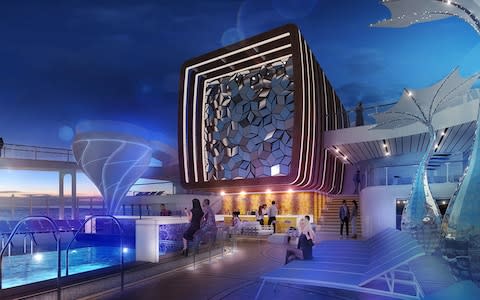
4. They're built upside down
All parts of a ship have to be constructed on land and then transferred to the water. As if that wasn't complicated enough, cruise ships are also built upside down in separate sections. Why? “Because it’s easier for builders to weld each plate of steel in a downward direction, rather than upwards with their backs facing the ground.
“Each of these completed blocks is then flipped over and placed upright in what’s known as a dry dock [a basin made with floodgates at one end]. Once the ship takes shape, the gates are opened to let the water in and have the ship float. Then the ship is pulled out of the dry dock and onto a normal dock for its finishing touches,” Mr Wright said.
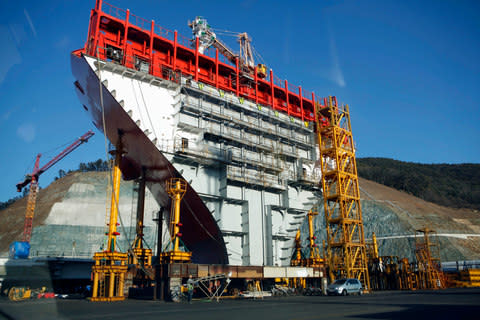
The interiors of the ships, including the cabins, are built completely on land and slotted into the ship as finished rooms, so these ships are like "floating hotels", described the architect, who also designed the Burj Al Arab hotel in Dubai, known for its unusual shape resembling the sail of a ship.
Complex as it might be, ships tend to be built a lot quicker than buildings, with potential for some ships to begin to take shape as fast as within six months depending on size, he explains.
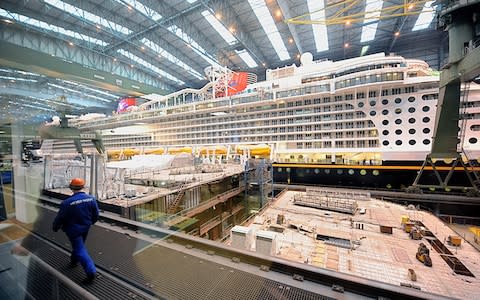
5. No wood allowed
Cruise ship design comes with “a minefield of restrictions” such as the materials used, explains Mr Wright.
“You can’t use anything that’s combustible, so very little to no wood is allowed as it will burn quickly. It’s why most furnishings on board are ceramics or metallic. Each ship is divided into five bulkheads and split along its length into different fire zones. Each of these zones must be equipped with fire doors.”
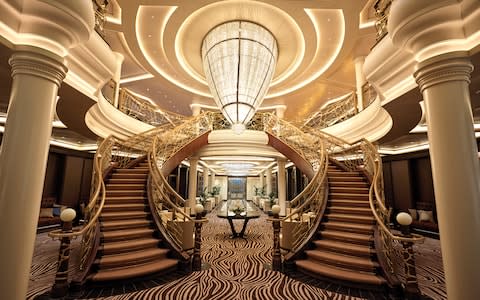
6. The lighter the better
Every element of the design process is focussed around making the ship as light as possible. And the higher up you go on a ship, the lighter the materials need to be to keep the weight of the ship balanced and prevent it from toppling over as it sails across the sea.
7. The pool is always on top
...despite it not being ideal to have all that water at the highest section of the ship, Mr Wright explains. The pools are always placed at the top deck to maximise access to the sun as well as sea views.
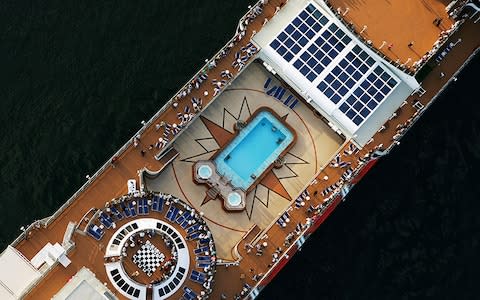
8. The Panama Canal made way for larger ships
The size limit for cruise ships passing through the Panama Canal (which connects the Atlantic with the Pacific Ocean) is known as the Panamax and these specifications have been in place since the opening of the canal back in 1914. But since the canal’s third set of locks were opened in 2016, larger ships have been able pass through. So the new Panamax allows for a maximum cruise ship length of 366 metres (1,201 feet) and a maximum width of 49 metres (161 feet).
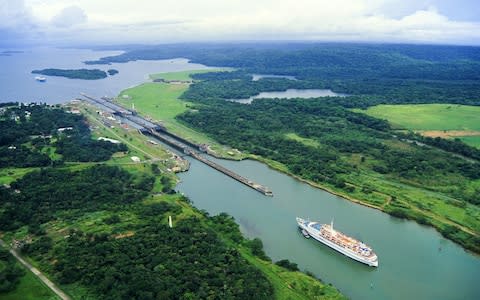
The height of cruise ships is also restricted by any bridges they’ll need to be able to go under. Singapore is among one of the most restrictive ports for cruise ships because of its lower bridges, Mr Wright notes.
9. It’s all about the silhouette
Ship are designed to have a “daytime, nighttime and silhouette presence”, Mr Wright explains.
“Most cruise ships you see on the horizon all look pretty much the same - a black silhouette. So you want your ship to be the most identifiable black silhouette. And cruise lines care a lot about how the ship looks when it is lit up at night.
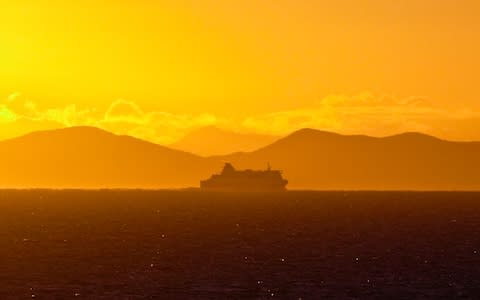
“For example, on Celebrity Edge, the bough is forward-leaning, which makes it different from almost any other ship. Most ships also look the same from the profile view, so cruise companies are always looking to feature a design element that would make their ship stand out in some way, such as the North Star feature on Quantum of the Seas ship, which is massively recognisable.”
10. There’s a thriving metropolis below
Crew members are usually all bunked up in joint cabins, which are mostly inward facing and don’t have windows.
“On big cruise ships like ones from Royal Caribbean, there are around 2,000 or so crew members all bunking up together - which is asking for trouble really. So it’s quite a thriving under-deck metropolis in the lower crew decks, a free environment where girls and boys aren’t separated and the crew get up to all sorts of things, from discos to lots of parties.
Pirates, pollution and secret codes: 12 things you didn't know about cruise holidays
“It’s really intense bunking up with people you’ve never met before in such small quarters and difficult for cruise lines to manage that amount of humanity packed into one space. So I think it’s why the cruise companies just let it all happen,” he notes.
11. The captain’s quarters are twice as big
...as the average passenger cabin, built with a couple of them put together. They include a living room and meeting area, but other than a bit more space, the captain’s quarters aren’t that special. “It is always located right on the bridge, so the captain is never more than a few steps away from spotting that dreadful iceberg ahead,” he said.
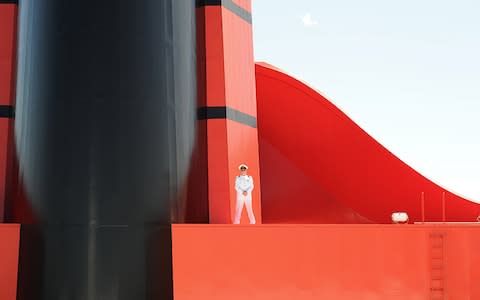
12. Any secret nooks and crannies?
“Not really. Probably about 80 per cent of the ship is used by passengers and 20 per cent of it is non-passenger space," Mr Wright notes, with the lowest levels housing all the technical gear like the engines and tanks.
However, there aren’t any restrictions in terms of internal volume, “so essentially architects can get away with fitting in a lot of spacious areas like all those dramatic tall atriums and long promenades you might see on a lot of ships,” he explains.
At a glance | Is there a cruise ship morgue?
“But the ongoing debate is whether to prioritise large public spaces over more facilities like restaurants and bars or other more interesting smaller spaces. And cruise lines change their minds each time a new ship is designed,” as seen on the Oasis of the Seas ship, which has a huge space at its centre, while the company’s next ship - Quantum of the Seas - had a lot less space.
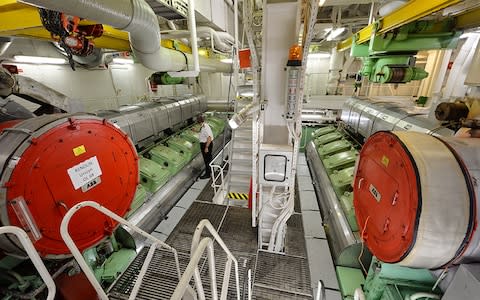
13. The evolution of cruise ship design is slow and subtle
“I try to create a ship design that’s as forward thinking and futuristic as possible, but realistically the appetite for doing something crazy with cruise ship design unfortunately isn’t there, in terms of the cruise lines’ perspective," he notes.
“The demand for cruise ships is still higher than the supply at the moment, so cruise lines don’t feel that drive to shake things up with new designs to keep the industry booming.
Facial recognition, fake views and virtual excursions – is this the cruise ship of the future?
“I’d love to see the first orbital cruise ship be built - one that goes into space and circles the Equator. So you can spend the whole journey just looking down on Earth and drinking strong cocktails. All of the technology to build this type of ship exists, so there’s nothing really stopping the industry from doing it - apart from the astronomical costs of course,” he adds.

